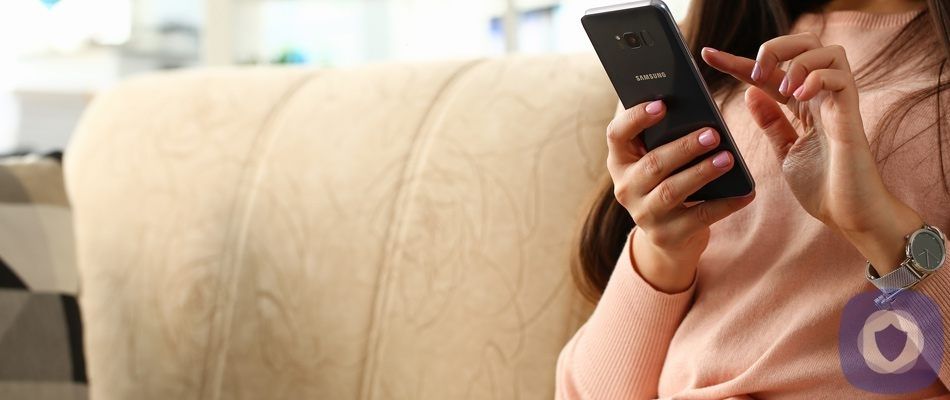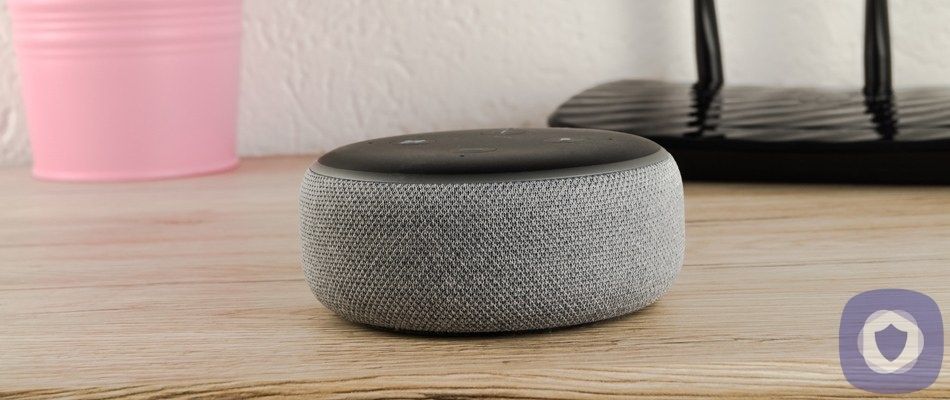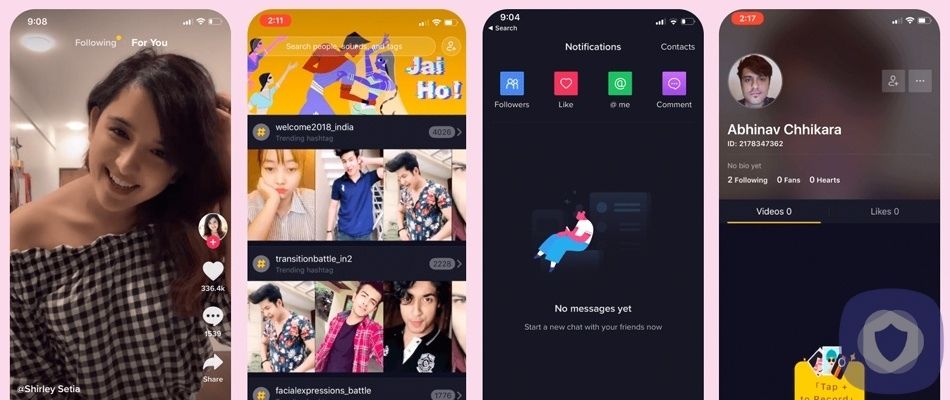Inexpensive, lightweight and functional, Chromebooks are a popular choice when it comes to laptops for kids. For between $200-400, they offer most of the same functionality as traditional laptops. The primary difference: They run on the Chrome operating system, and instead of storing data on the computer, they primarily store it in the Google cloud.
They’re not for everyone, as they offer limited storage, require an internet connection for many functions and don't support all platforms, but for most kids’ needs, they’re a good option to consider. Of course, as with any device that grants access to the internet, a Chromebook also opens a ton of doors, and some of those doors lead to potential dangers and content that’s not appropriate for children. The good news is there are Chromebook parental controls that can help you keep those doors closed.
Here’s how to go about setting parental controls on your child's Chromebook and ways that you can help your kids establish good digital habits from the get-go.
Make a parent the “Owner” of the device
Even if it’s “their” device, make it clear to your child that you own it, and back that up by making it official on their device, establishing yourself or another adult as the Owner when setting up the Chromebook. If you missed that step and used their information instead, don’t worry, you can still do it. Here’s how: Under Settings, click Advanced, then Reset Settings. There, click Powerwash, then Restart. This will clear all the settings and you can then log in again and set up your Chromebook from scratch, making you the Owner. You can then set up another account for them.
Turn off “Guest Browsing”
Within your child’s account, you can easily see the history of where your child is spending time on their Chromebook, but that’s not the case if they’re browsing as a guest. To make sure they’re not tempted to hide their activity by doing so, you can turn off Guest Browsing. Just go to Settings, then People, then Manage Other People. There you can choose to turn off Enable Guest Browsing.
Use the Google Family Link App
The Family Link app from Google offers parents a free and simple way to set some limits and filters on their children’s devices, including Chromebooks (those running Chrome OS versions 71 or higher).
Manage and monitor content
By default, Safe Search and Block Mature Sites are selected automatically, but you may want to double check they haven’t been turned off. If your child attempts to visit a page that’s blocked, you’ll get a notification, so you can keep an eye on what type of content they’re seeking or happen upon by mistake. Activity reports provide insight into how they’re spending their time online, and you can approve and block the apps they download, set time limits for various apps and manage in-app purchases.
Set screen time limits
You can decide how much time you want your kids to spend online, and once that time is up, their online access will be shut down. You can, however, award bonus time if you choose to do so via the app.
Find their location
If they tell you they’re at the library, and you have a sneaky suspicion they might be at the mall instead, you can check the location of their Chromebook via the app. This only works, however, if their Chromebook is connected to the internet and they have been recently active, so it’s not entirely reliable.
Setting up the Google Family Link app on a Chromebook
First, you’ll need to download the Family Link app on your phone or mobile device. Then take the following steps, depending on the age of your child:
For children under 13: When setting up the computer, you’ll be asked to create a new account, which will include entering your child’s name, birthday and email address. Knowing that the child is under 13, it will automatically activate Family Link for them. You will see the icon in the lower right-hand corner and can click on it to adjust the settings there or via the app on your own phone or mobile device.
For children 13 and older: Since kids older than 13 can have their own accounts, you’ll need their help for this. Ask them to go to Parental Controls under Settings, then click on the Family Link icon to activate it. Once it’s activated, parents can then adjust the settings through the app on their phone or mobile device.
Make sure your Wi-Fi is secure
No matter what type of device you or your child is using, you want to make sure your Wi-Fi is safe. That means establishing a solid, unique password (include numbers, letters and special characters) as well as changing the default name of your network, so you’re not broadcasting which company manufactured it or giving away too much personal information. Also, update your password regularly, always download the latest software updates and make sure you have a good firewall installed.
Consider using third-party extensions
Google’s filters aren’t perfect, so you may want to add an extra layer of security with a third-party parental control extension. There are a host of products available for Chrome including those such as Bark, TinyFilter and StopItKids.
Check out our picks for the best parental control apps.
The bottom line on Chromebook’s parental controls
Giving your child access to the internet is filled with both endless possibilities for learning and enrichment, as well plenty of potential dangers. Fortunately, when it comes to Chromebooks, there are some simple steps you can take to help keep your child safe. They’re not foolproof though, and parents must still remain vigilant, monitoring their child’s activity and having open and honest conversations about their expectations, but they’re a great start.
This article has been reviewed and approved by Officer Banta.

Officer Banta is the official SecurityNerd home security and safety expert. A member of the Biloxi Police Department for over 24 years, Officer Banta reviews all articles before lending his stamp of approval. Click here for more information on Officer Banta and the rest of our team.














